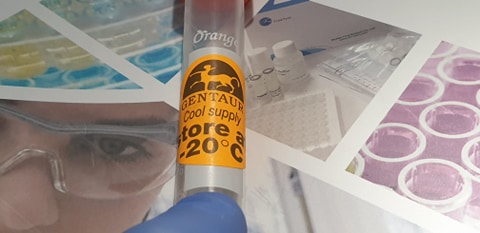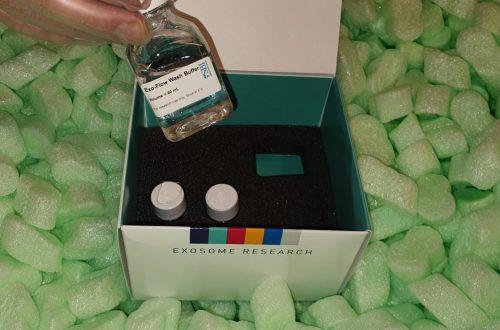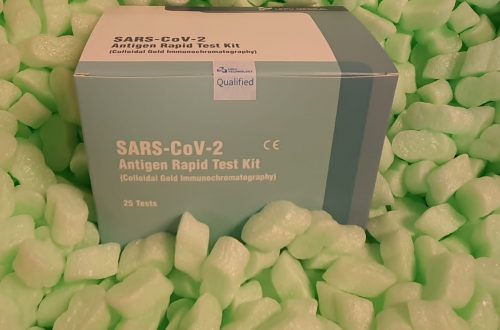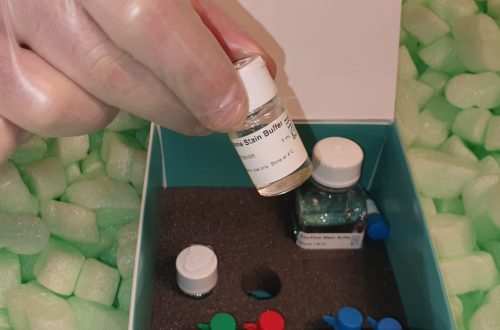
Keys To Phosphospecific Antibodies
Phosphorylation is one of the most important post-translational modifications that proteins can undergo from a functional point of view. The regulation of a wide range of cellular activities depends on it, such as the cell cycle, cell differentiation, metabolism, neuronal communication … And that is why alterations in phosphorylation are involved in different types of pathologies as diverse as cancer. (alterations in cell division) or learning or memory problems (due to alteration in the transduction of neuronal signals).
The development of phosphospecific antibodies has improved traditional methods for studying cell signaling through the development of new immunoassays. Success in detection using phosphospecific antibodies directly depends on the specificity and affinity of that antibody for the phosphorylated protein of interest.
How Are Phosphospecific Antibodies Obtained?
When producing new phosphospecific antibodies , there are two crucial elements that will determine the success of the project: antigen design and purification.
1.- The antigen design
If the critical first step in the production of any antibody is the design and procurement of the antigen (you can go into more detail here ), it is even more so in the case of phosphospecific antibodies . The specificity and usefulness of the antibody will depend directly on the peptide with which the animals are immunized.
In this sense, there are several elements to take into account when proceeding to the design of the suitable peptide, but three factors should be given special interest:
- Homology : It is necessary to Blast the protein of interest to identify and avoid possible homologies of the peptide that we select with other proteins, or even with other areas within the same protein that the antibody does not want to recognize. This step will largely avoid potential cross-reactivity problems.
- Sequence length : When obtaining phosphospecific antibodies , the peptide that we use as an antigen will generally have one or two forphorylations in tyrosine, serine and / or threonine residues. In order for the antibodies that are generated to recognize the epitope that contains the phosphorylations and not any other within the same peptide, it is convenient to select a peptide sequence that is as short as possible within what other limitations may allow. In this way, we will ensure that the phosphorylated residue is included in the epitope that the antibody recognizes.
- Addition of a cysteine to the N-terminus : This applies to obtaining any monoclonal or polyclonal antibody, regardless of whether it is phosphospecific or not, but we include it here because it is a key factor for subsequent conjugation to a carrier (eg KLH , BSA) that confers immunogenicity, as well as for binding to the affinity column in the purification step.
2.- The purification
Immunization of an animal with a phosphopeptide can give rise to three types of antibodies:
- Phosphospecific antibodies (recognize the phosphorylated form of the peptide / protein, but do not react with its non-phosphorylated form).
- Non-phosphorylated peptide / protein specific antibodies (may occur if phosphatases from the immunized animal dephosphorylate the conjugated peptide used in immunization).
- Non-specific antibodies, which recognize both the phosphorylated and non-phosphorylated forms of the peptide / protein, that is, they recognize an epitope that does not include the phosphorylated residue.
That said, the way to isolate the phosphospecific antibodies of interest would go through several affinity purification steps that are carried out sequentially:
1st) Phosphopeptide-coated affinity column : by passing the IgG fraction through it, we will discard the specific antibodies of the non-phosphorylated form of the protein, along with the rest of the non-specific immunoglobulins that may be in the sample. Antibodies that have become attached to the column (phosphospecific and those that recognize both the phosphorylated and non-phosphorylated form) are eluted and this fraction would be passed through a second affinity column.
2º) Affinity column coated with the non-phosphorylated peptide : From the eluted fraction, only the antibodies that recognize both forms of the peptide will bind to the column, and now only the phosphospecific antibodies will be collected .

In Which Techniques Can Phosphospecific Antibodies Be Applied?
There are various methods for studying protein phosphorylation, with phosphospecific antibodies being an essential tool in many of them:
- Western Blot: After separation of the sample by SDS-PAGE and the following transfer to the membrane, phosphospecific antibodies can be used to study the protein of interest. In this case, it is convenient to use as an internal charge control an antibody that recognizes the protein of interest in both its phosphorylated and non-phosphorylated forms.
- ELISA: An antibody that recognizes both the phosphorylated and non-phosphorylated forms of the protein can be used as the capture antibody, and a phosphospecific antibody as the detection antibody. When studying protein phosphorylation, the ELISA immunoassay has several advantages over traditional immunoblot techniques:
- Results can be easily quantified using calibrated standards.
- By using two antibodies specific for the protein of interest simultaneously in a sandwich assay, the specificity is much higher.
- The high sensitivity of this type of assay allows the use of smaller sample volumes and the detection of low protein.
- The format of the microwell plates allows a higher performance than the traditional Western Blot.
- ELISA on whole cells: The cells are stimulated, fixed and blocked in the same well. The phosphospecific antibodies will in this case allow the evaluation of the state of the phosphorylations by fluorometric or colorimetric detection.
- Flow Cytometry / Immunocytochemistry / Immunohistochemistry: In these cases it is necessary to pay special attention to the high affinity and specificity of the antibodies, blocking steps, controls and antibody titration to avoid ambiguous results due to non-specific binding.
- Mass spectrometry: There are some inherent difficulties when analyzing phosphoproteins using mass spectrometry. On the one hand, the signals of the phosphopeptides are generally weaker, and on the other hand, it can be difficult to observe the signal of scarce phosphoproteins against the high background of abundant non-phosphorylated proteins. For this reason, it is essential to resort to enrichment strategies, where phosphospecific antibodies may be an option of interest.
Assessing the phosphorylation of proteins is in many cases a fundamental element to understand the intracellular factors that underlie cellular activity. It is critical for researchers to be able to count on methods to measure protein phosphorylation and / or kinase activity, and phosphospecific antibodies prove to be a critical quality tool in carrying out many of these techniques.





